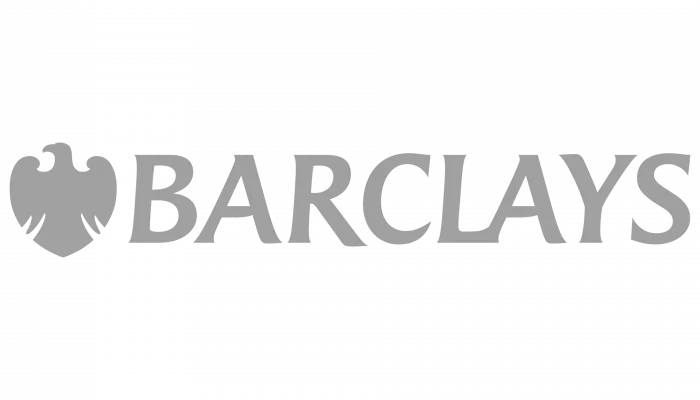Many of us are aware of the basic ‘ISA’ (Income Savings Account). The idea is that individuals may invest cash, up to a capped amount, every year either in a savings account, stocks and shares or even in more innovative peer-to-peer lending schemes.
The capped sum is £20,000 per annum. Returns on this capital are tax-free.
Various schemes have been introduced by the government in an effort to enable first-time buyers to get into the market with mixed success. Help to Buy mortgages being one of the most prominent schemes, allowing buyers of new homes to borrow up to 25% of the home’s value as an equity loan. In tandem with this, the ‘LISA’ has been introduced for younger individuals in the hope that by incentivising saving, young people will be encouraged to build a lump sum, either for the purchase of a home or for other reasons.
The ‘LISA’ may be opened by anyone between the ages of 18 and 39. As with other ISA’s, the annual investment limit is £20,000 per annum and return on the sum invested is tax-free.
The LISA differs from other ISAs in that the government are offering an annual bonus of up to 25% of the annual sum invested, up to £1,000 per annum. The ‘LISA’ can be kept open until the individual’s 50th birthday and, in addition, you will be entitled to a £10,000 bonus if you pay in the maximum £20,000 per annum every year between the ages of 40 and 50.
Your LISA can be used to help you buy a home or as part of your retirement fund. You can also withdraw cash for other reasons, but there will be a charge for this equivalent to *25% of the sum withdrawn, up until the age of 60. An exception to this would be if you were diagnosed with a terminal illness.
It’s worth noting that the bonus is calculated monthly on the sums introduced by the 6th of each month, so to maximise the bonus you’d do well to make sure you time your direct debits well!
*Following HM Treasury’s announcement on the 1st May the government withdrawal charge will be reduced from 25% to 20% for withdrawals between 6 March 2020 and 5 April 2021.
Related articles:
Recent posts

A welcome change in school is coming as financial literacy is due to become compulsory in schools in England.
The Government has announced that as part of the new national curriculum, children in primary and secondary education will be required to learn about budgeting, compound interest, managing money, and mortgages.
The top 10 most beautiful villages in the world
14 days ago

Forbes has published a global ranking of stunning locations and one popular picturesque corner of the UK has nabbed top spot.

Over three years after the Mini-Budget took place, we look at what the mortgage market looks like now, showing the difference in mortgage repayments.

The government has announced plans to make buying or selling a home cheaper and quicker with what is being called the “biggest shake-up to the homebuying system in this country’s history.”
More borrowers using equity release
1 Oct 2025

Almost one in five equity release mortgages are now taken out to provide financial support to family.
Buyers purchasing properties sooner
29 Sep 2025

According to industry data, the expected wait for those looking to buy a property has dropped from just over 11 months to less than six months.

It is common for your first mortgage payment to be higher than your subsequent monthly payments for two reasons.
What to do just before you get your keys
24 Sep 2025

Firstly, a big congratulations, you’ve now exchanged contracts! After weeks and months of waiting, you are about to move in. What should you do first?



















